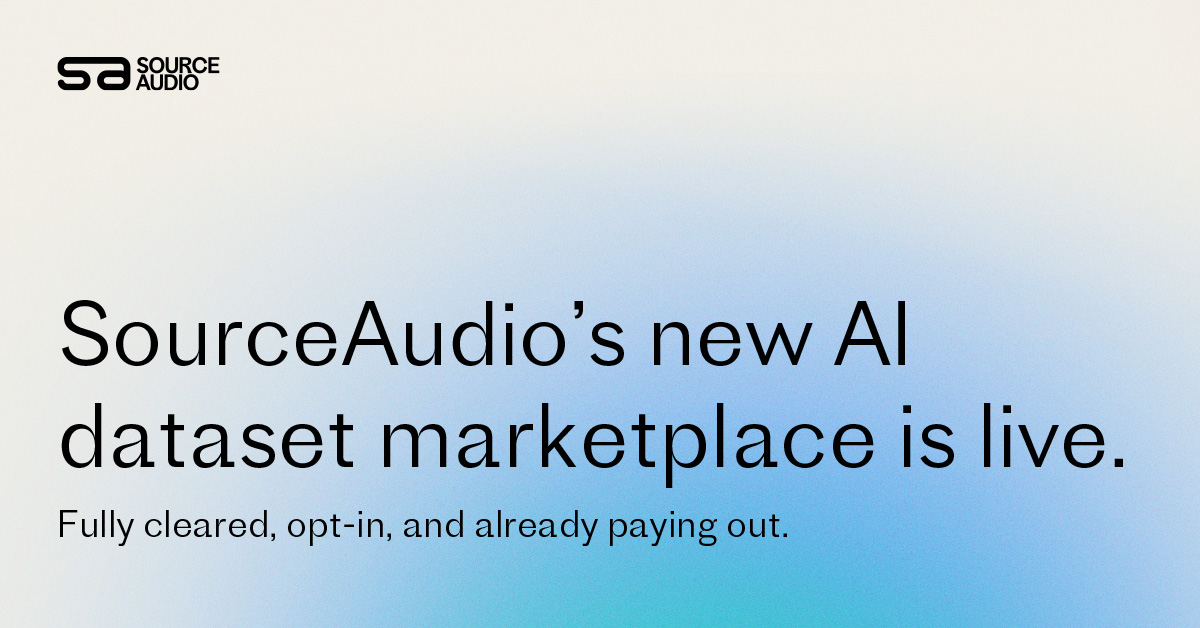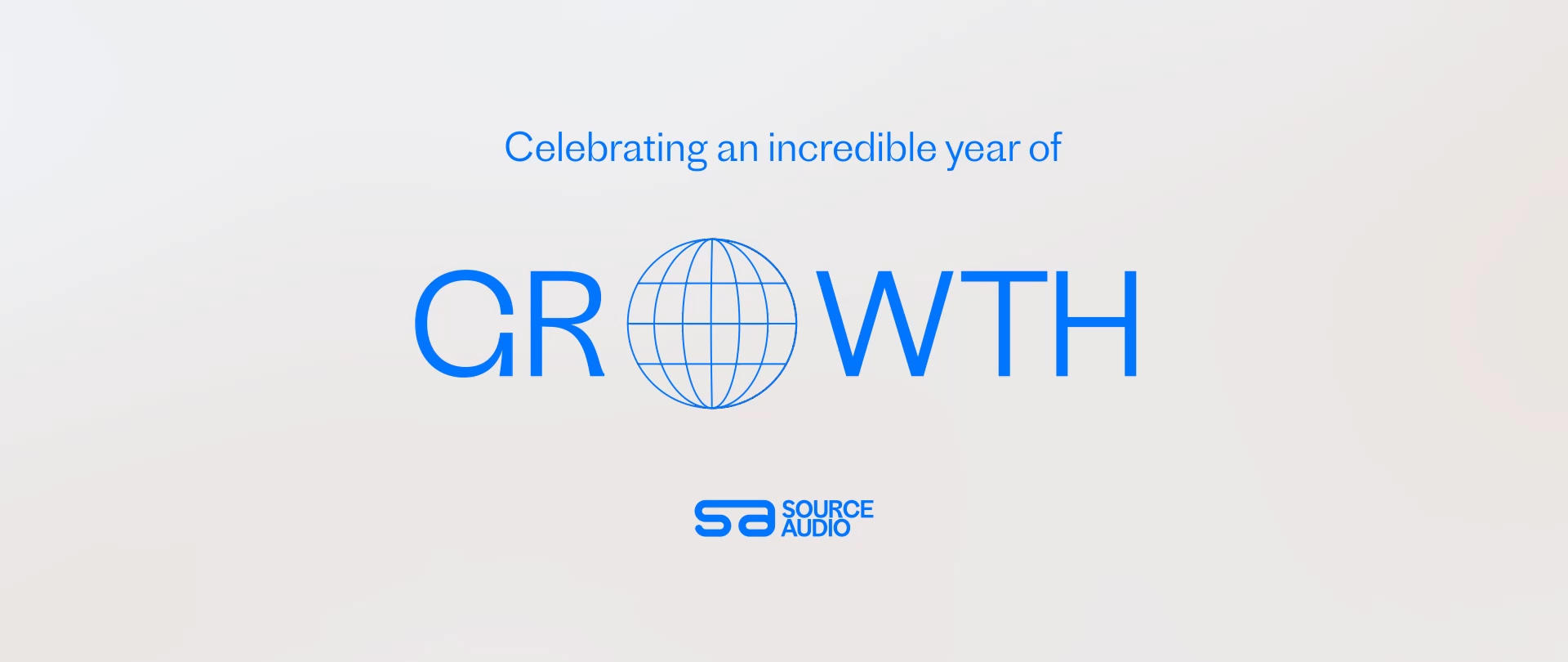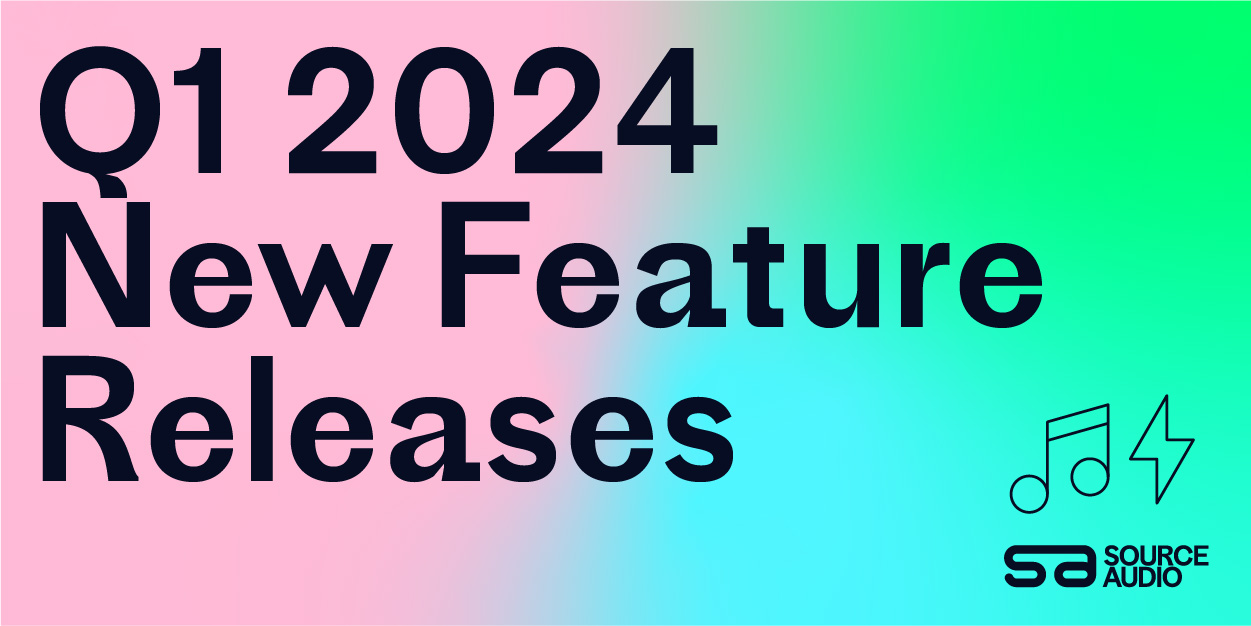A Music Professional’s Guide to TikTok
Updated November 20, 2020
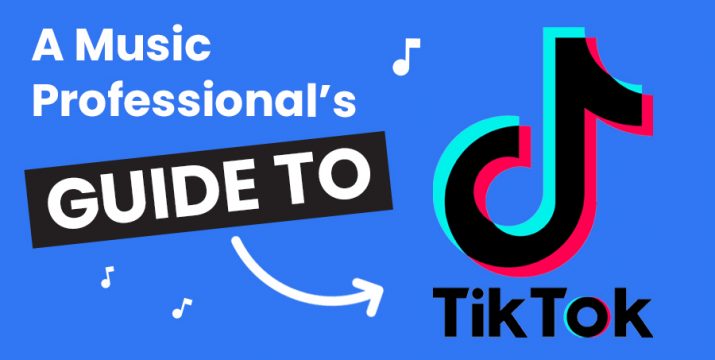
We’ve compiled all the information a music professional needs to know about TikTok, the short-form video sharing platform that’s become a major player in the music industry.
The Rise of TikTok
TikTok is currently the leading platform for short-form mobile video and one of the most downloaded apps in the world with over 800 million active users.
The app allows users to upload 15-second videos, and set them to music from TikTok’s library of songs. TikTok’s “Sound Selection” page provides users with discovery tools like genre playlists and “Hashtag Challenges” that guide video creators in exploring music and trends. TikTok has described its role with the music industry as “a music discovery springboard for viral hits”.
Over the past few years, TikTok has secured deals with most major distributors and labels. Merlin, a global agency that represents tens of thousands of independent music labels and hundreds of thousands of artists, signed with TikTok at the beginning of the year. Since then, Universal Music Group, Warner Music Group, Sony Music, the National Music Publishers Association (NMPA), and indie music distributor UnitedMasters have all signed agreements with TikTok, among many others.
An additional dimension to TikTok’s music dealings came with the launch of sister company, Resso, a music streaming app that combines social media functions with music, and draws its music catalog from TikTok. The app, which stands as a direct competitor to current industry leaders Spotify and Apple Music, allows users to create playlists, lyric posters, and animated visuals to share across social media channels. The platform also lets artists build profiles, create posts using their song lyrics, promote songs, and interact with users directly.
Royalties and Exposure
Labels and TikTok have grown into a partnership of mutual benefit; TikTok maintains its library with all the latest releases, while rights owners gladly comply, given the unprecedented opportunity of going viral.
TikTok pays out royalties on a quarterly basis and earnings are based on the number of videos a track is used in. TikTok royalties do not account for how many times the video is streamed. Each label or distributor has their own deal in place with TikTok that determines how much of the revenue will be paid to their artists for each use in the app.
Artists must note that to collect royalties, the TikTok video needs to use the snippet of your song that was delivered to the app by your distributor, so every artist must unequivocally work with a signed TikTok distributor. TikTok maintains a hardline stance in their terms and conditions against paying out royalties for user uploaded audio.
In the absence of live music, online music discovery and the ability to attract listeners is what’s driving the conversation across the industry. Both new and old tracks have been at the center of viral sensations on TikTok, resulting in massive cross-platform streaming numbers. Spotify has followed suit with their own emphasis on music discovery by providing a new feature that allows artists to “boost” certain material, prompting the Spotify algorithm to serve it to listeners more often, in exchange for a reduced royalty rate.
On October 22, TikTok launched a weekly listening session called “Watermarked” where artists preview new music to fans directly within the app. Every Thursday at 11:30 p.m. ET, a different featured artist hosts the program via TikTokLIVE, sharing new material of theirs before it hits streaming services at midnight and answering questions posed by fans in the comments.
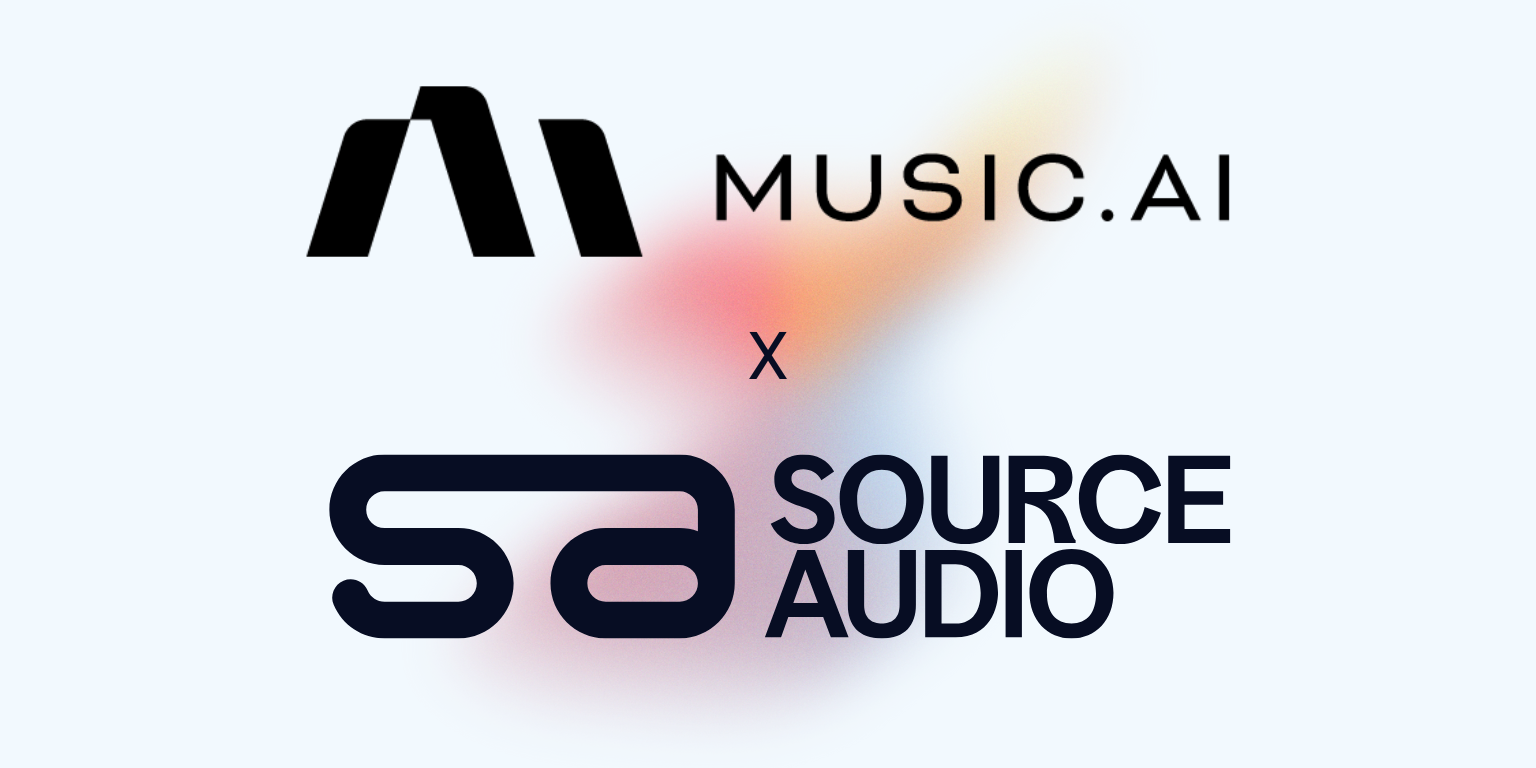
Industry-Leading Stem Separation Comes to SourceAudio
We are excited to announce our latest partnership with Music.AI, bringing groundbreaking AI-powered stem separation directly to our platform! This integration allows you to create broadcast-quality instrumentals and stems with unmatched pr...[ READ MORE ]
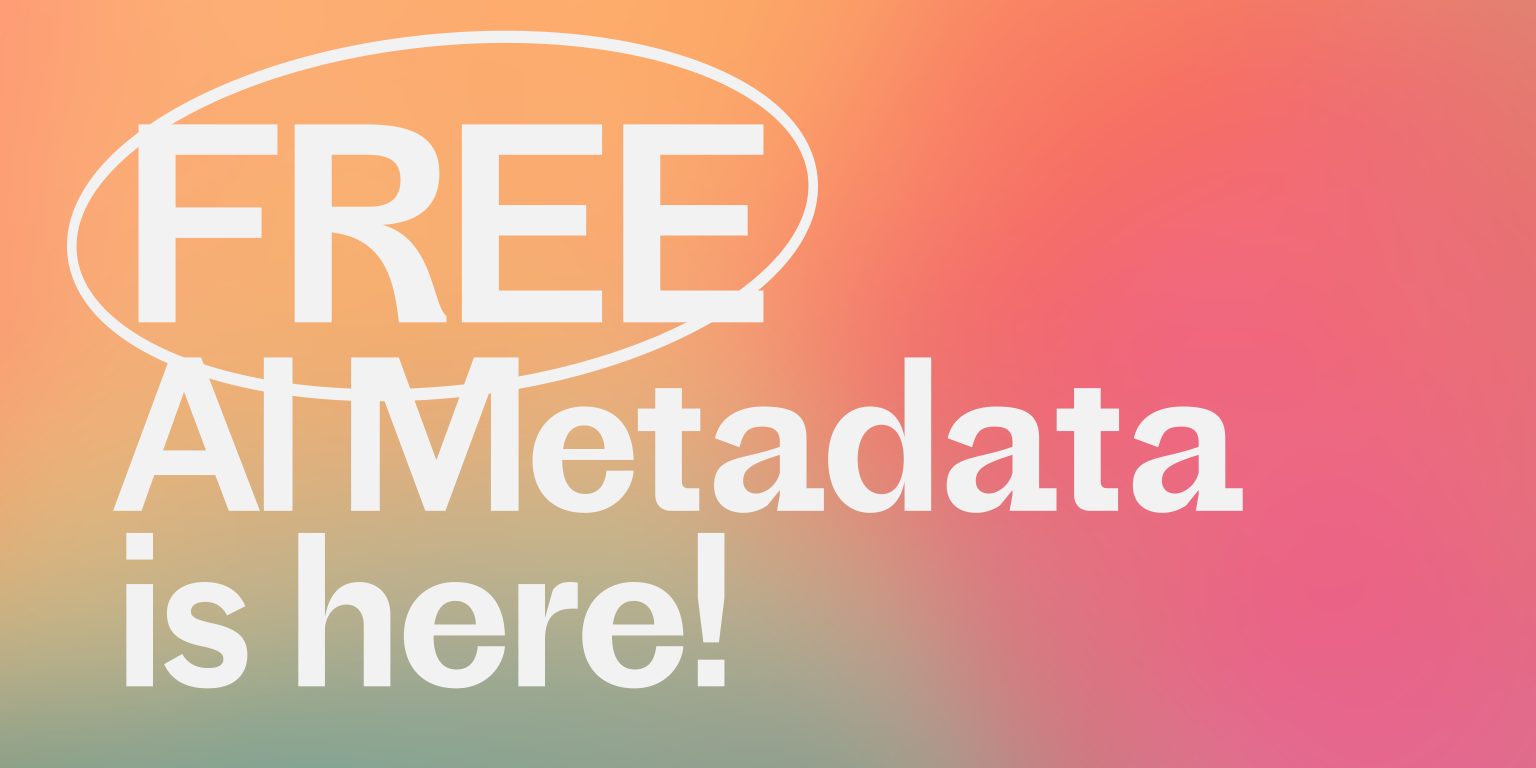
FREE AI METADATA – Now on All Catalog Manager Sites
Supercharge your music library with cutting-edge AI-powered metadata -- on us! Every Catalog Manager site now comes with FREE AI metadata tagging for your entire catalog. Leverage this incredible tool now, and read on to learn how it can d...[ READ MORE ]
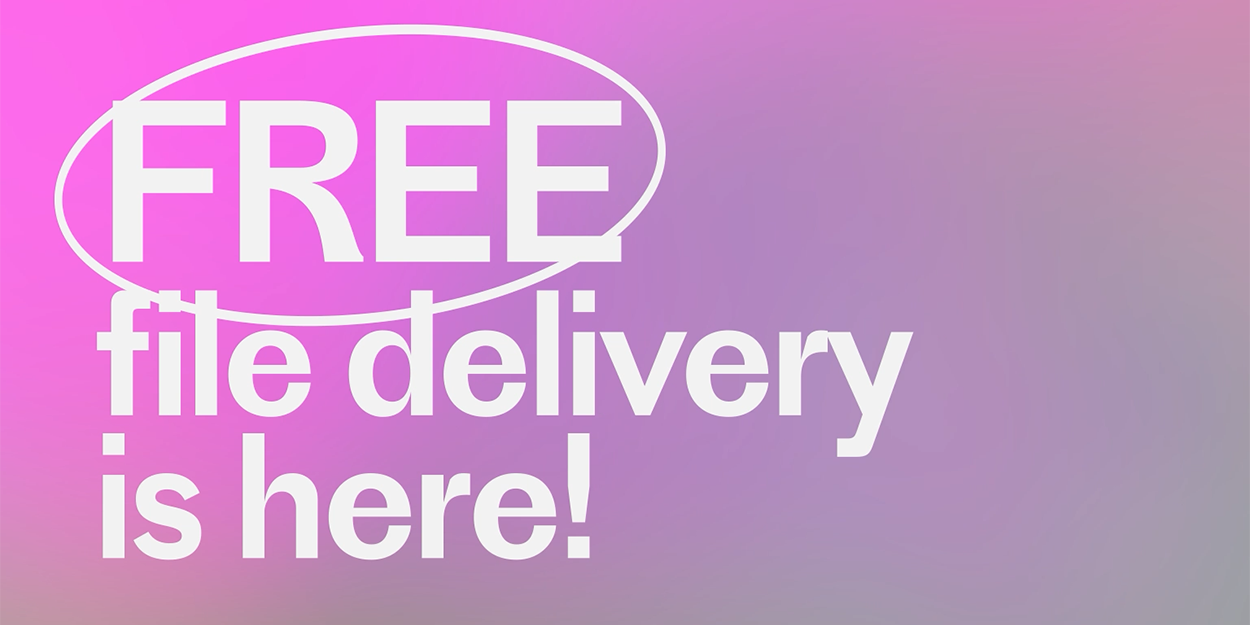
File Delivery is Now Free and Included for All Catalog Manager Sites
Every Catalog Manager site now comes with 250GB of FREE file transfer space every month – that's approximately 9,000 WAV files, every month. Not using file delivery yet? Here are 11 ways this powerful tool can supercharge your business....[ READ MORE ]
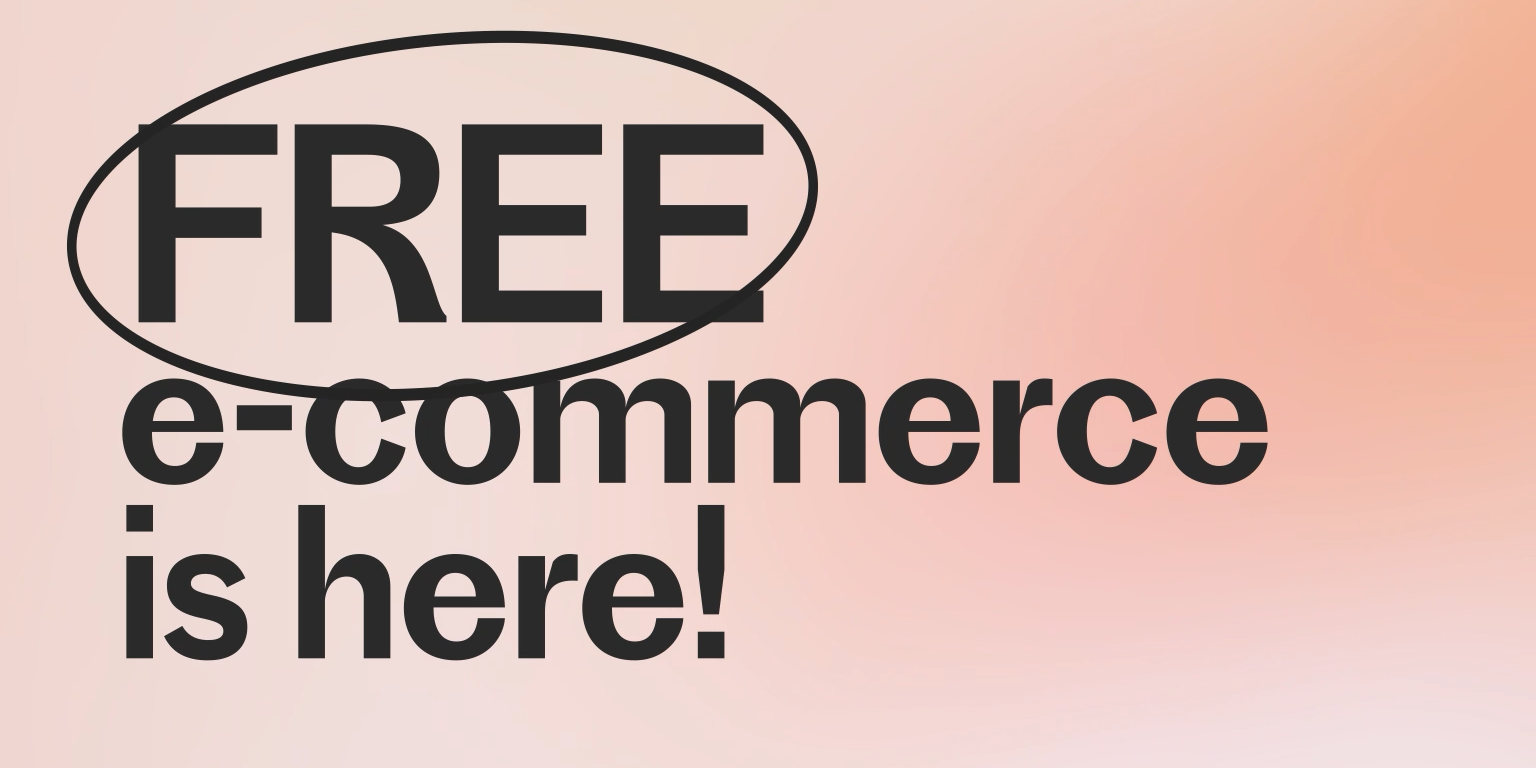
Our E-commerce Add-on Is Now Free for All Catalog Manager Sites
E-commerce is now free for everyone! In the spirit of creating as much value as possible for our community and clients, what was once a paid add-on is now free for everyone. Not using e-commerce on your SourceAudio site yet? Here are 12 way...[ READ MORE ]

